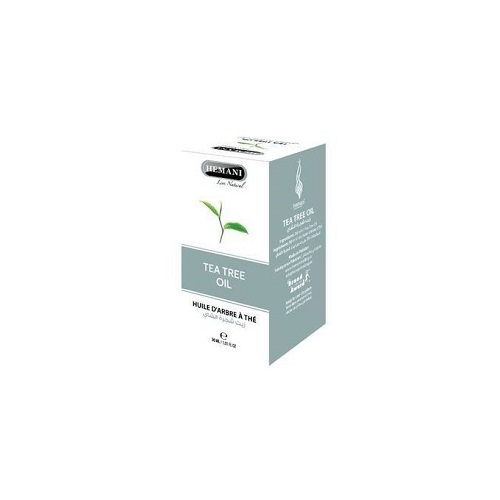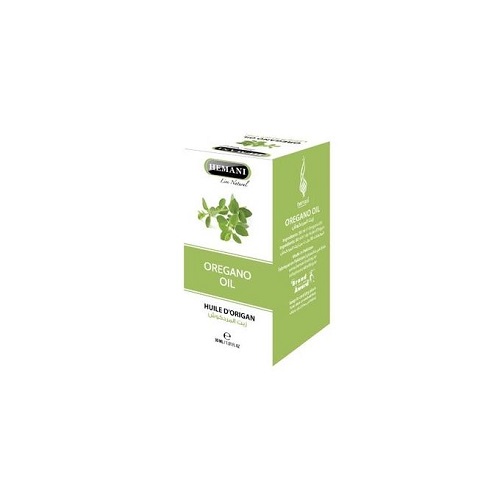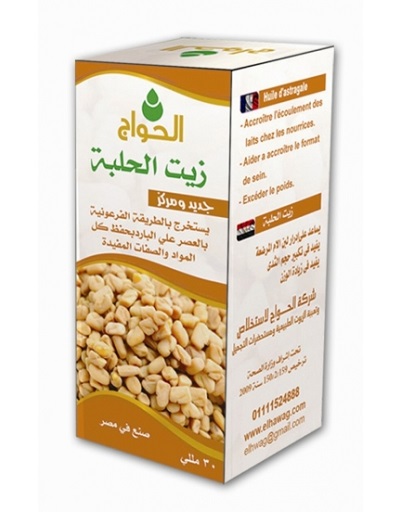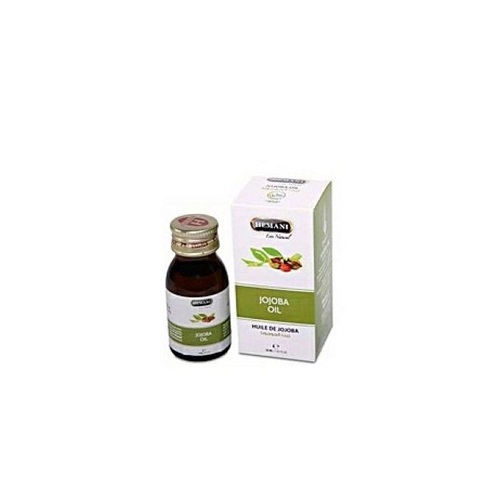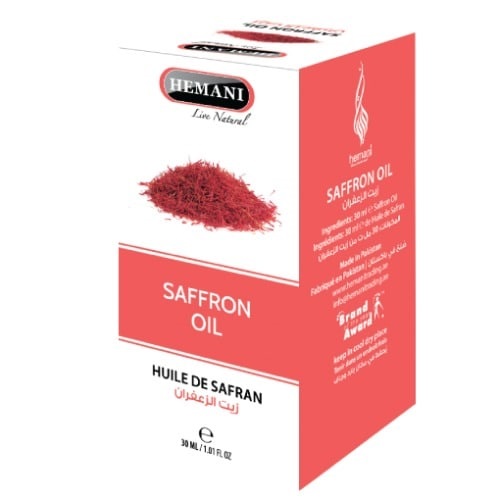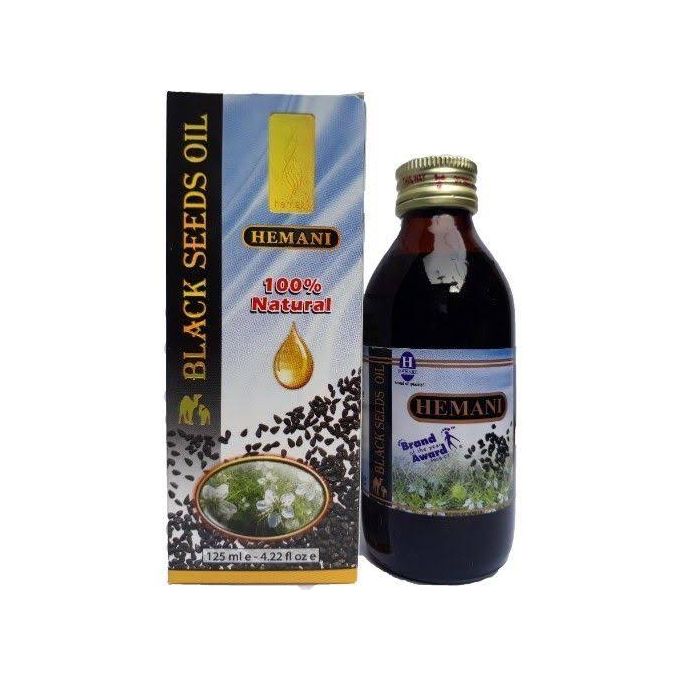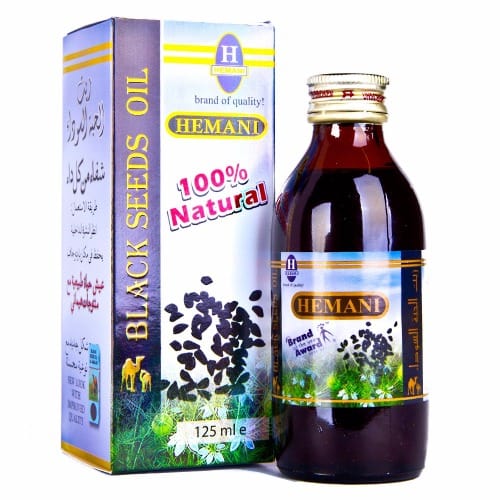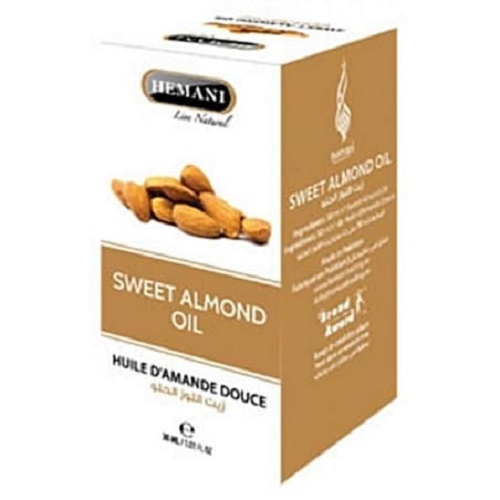Description
Tea tree oil is used for the following:
- Acne. Applying a 5% tea tree oil gel appears to be as effective as 5% benzoyl peroxide (Oxy-5, Benzac AC, and others) for treating acne. Tea tree oil might work more slowly than benzoyl peroxide but seems to be less irritating to facial skin. When applied twice daily for 45 days, tea tree oil reduces several acne symptoms, including acne severity. But tea tree oil might be less effective than another product prepared by fermenting a type of cypress with the probiotic Lactobacillus.
- Infestation of the eyelashes with a type of mite (ocular demodicosis). A number of early studies show that tea tree oil might cure this common eyelid infection and reduce the associated symptoms, including eye inflammation and vision loss.
- Toenail fungus (onychomycosis). Applying 100% tea tree oil solution to the skin twice daily for 6 months can cure fungal toenail infection in about 18% of people who try it. It can also improve nail appearance and symptoms in about 56% of patients after 3 months and 60% of patients after 6 months of treatment. It seems to be comparable to twice daily application of clotrimazole 1% solution (Fungoid, Lotrimin, Lotrimin AF). Lower concentrations of tea tree oil do not seem to be as effective. For example, there is some evidence that a 5% tea tree oil cream applied three times daily for 2 months has no benefit.
- Athlete’s foot (Tinea pedis). Topical application of a 10% tea tree oil cream works about as well as tolnaftate 1% cream (Genaspor, Tinactin, Ting, and others) for relieving symptoms of athlete’s foot, including scaling, inflammation, itching, and burning. However, the 10% tea tree oil cream doesn’t seem to cure the infection. However, applying a stronger tea tree oil solution (25% or 50%) appears to both relieve symptoms and clear up the infection in about half of people who try it for 4 weeks. However, 25% or 50% tea tree oil doesn’t appear to be as effective for curing the infection as medications such as clotrimazole or terbinafine.

